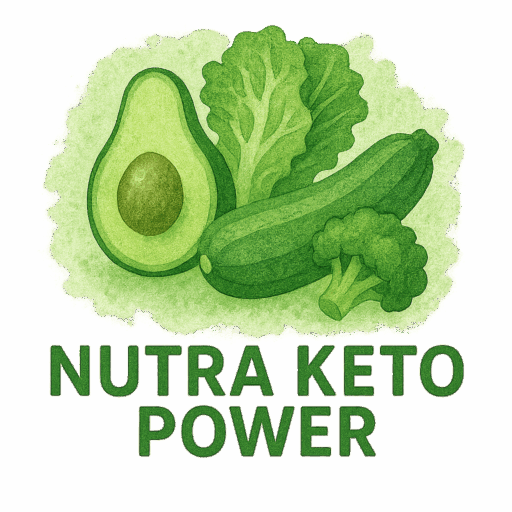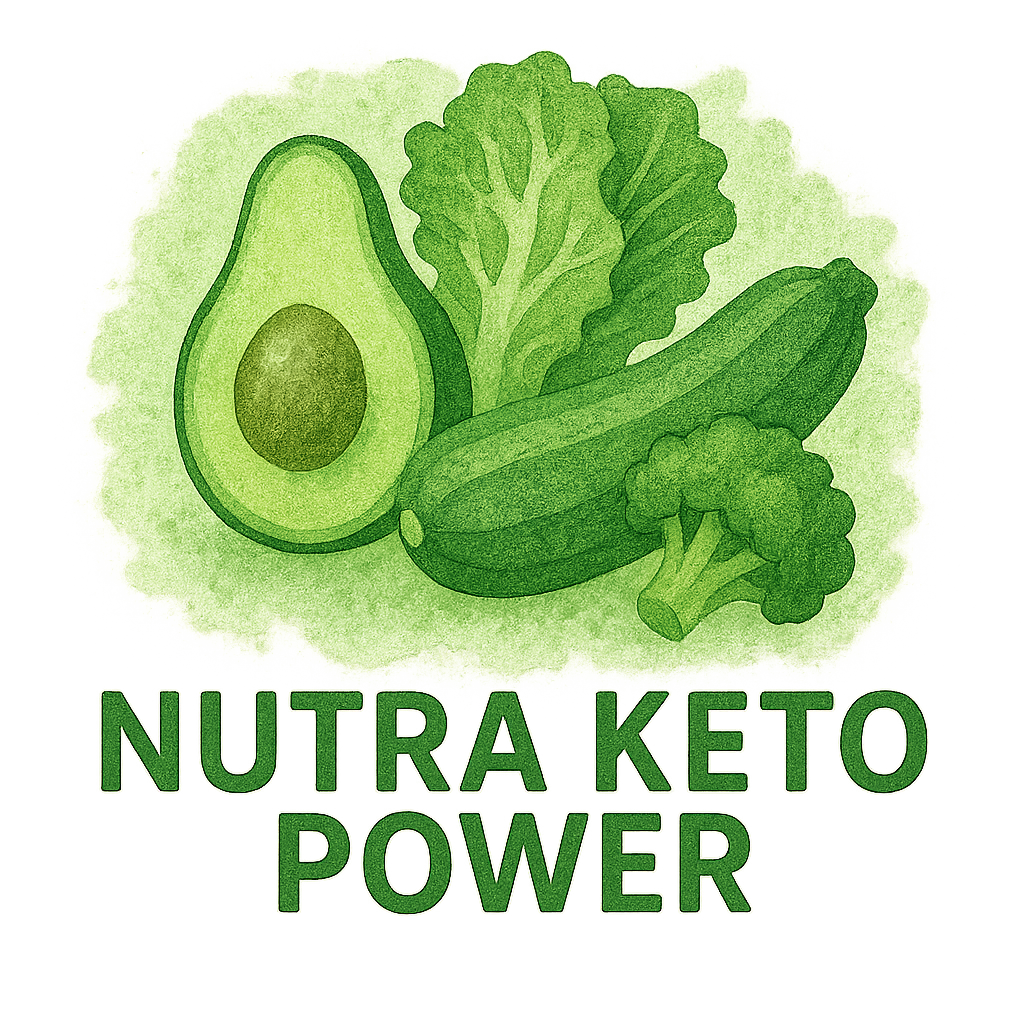Introduction to the Keto Lifestyle
So, you’ve committed to the keto lifestyle—ditched the bread, embraced the bacon, and waited patiently for the pounds to melt away. But despite your best efforts, the scale hasn’t budged. Sound familiar? You’re not alone.
Keto can be incredibly effective, but it’s also surprisingly easy to mess up. Let’s dive into the most common keto mistakes that stall weight loss—and more importantly, how to fix them.
(And if you’re just getting started or need a refresh, check out our complete Keto Lifestyle Guide.)
Why You’re Not Losing Weight on Keto
You’re doing “everything right,” so what gives? Keto is more than just eating meat and cheese. A few small missteps can keep your body from entering or staying in ketosis—that magical fat-burning state.
Let’s uncover the top 7 keto mistakes that are likely sabotaging your progress.
1. Eating Too Many Carbs
Hidden Carbs in Everyday Foods
Even one carb-heavy snack can kick you out of ketosis. And guess what? Carbs hide everywhere—your favorite almond milk, “sugar-free” treats, even veggies like onions or tomatoes.
How to Track Your Carb Intake Right
Want to stay in ketosis? Use a reliable food tracking app and aim for 20-50 grams of net carbs a day. Subtract fiber and sugar alcohols from total carbs to get your net carb count. Learn more from our Keto for Weight Loss Guide.
2. Not Getting Enough Fat
Healthy Fats vs. Unhealthy Fats
Fat is your new fuel, but not all fats are created equal. Skip the trans fats and embrace avocados, olive oil, coconut oil, and grass-fed butter.
Easy Ways to Add More Fat to Your Meals
Drizzle olive oil over salads, toss MCT oil into your coffee, or snack on macadamia nuts. Check out our Keto Recipes for fat-rich meal ideas that still taste amazing.
3. Protein Overload
The Gluconeogenesis Problem
Here’s the kicker: Too much protein converts to glucose through a process called gluconeogenesis, which can spike insulin and stop fat burning.
Ideal Protein Intake for Keto
Stick to moderate protein—around 0.6 to 0.8 grams per pound of lean body mass. That’s plenty to support muscle without sabotaging ketosis.
Read about how supplements can help manage intake in our Keto Supplements Guide.

4. Neglecting Electrolytes
The Role of Sodium, Potassium, and Magnesium
Keto flushes water from your body—and with it, essential minerals. This is often why people feel sluggish or dizzy in the early stages (aka the Keto Flu).
Keto Flu and How to Fix It
Combat symptoms with salted bone broth, leafy greens, magnesium-rich nuts, or an electrolyte supplement. For more on the science behind this, see our Keto Benefits page.
5. Snacking on “Keto Junk”
Reading Labels Like a Pro
Many packaged “keto” snacks are loaded with sugar alcohols, hidden carbs, and inflammatory oils. Just because it says “keto” doesn’t mean it’s good for you.
Real Keto Snacks That Help Burn Fat
Try hard-boiled eggs, cheese, olives, or homemade fat bombs. Need more ideas? Browse our Keto Breakfast Tag and Recipes Section.
6. Not Practicing Intermittent Fasting
Why Fasting and Keto Work Better Together
Keto and fasting are like peanut butter and jelly (keto-friendly, of course). Together, they can turbocharge fat loss, improve insulin sensitivity, and deepen ketosis.
Best Intermittent Fasting Windows for Fat Loss
Start simple: Try 16:8 fasting, where you eat during an 8-hour window and fast for 16. Eventually, you might experiment with 24-hour fasts once or twice a week. Check out the Fasting Tag for more fasting strategies.
7. Lack of a Consistent Routine
Building Habits that Support Ketosis
Skipping meals one day and binging the next? It’s a recipe for metabolic chaos. Keto works best when you follow a routine: consistent meal timing, sleep, hydration, and movement.
The Power of Sleep and Stress Management
Lack of sleep increases cravings and stress raises cortisol, which can mess with fat loss. Learn how to build a sustainable Keto Routine that keeps your hormones and hunger in check.
How to Restart Your Weight Loss on Keto
If you’ve hit a plateau, don’t panic. First, revisit your macros and cut out processed keto foods. Consider cycling in intermittent fasting. Try a 3-day egg fast or fat fast to jumpstart ketosis again.
Also, try using the Nutra Keto Power supplement, designed to support energy and ketosis naturally. Learn more at nutraketopower.com or read the full Nutra Keto Power Review.
Conclusion
The keto diet isn’t magic—it’s science. And like any science experiment, your results depend on consistency and precision.
If you’ve stalled, don’t beat yourself up. Just adjust. Learn. Refocus. Fix one mistake at a time, and you’ll get back to burning fat, boosting energy, and feeling like the keto rockstar you are.
FAQs
1. Can I eat fruit on keto?
Yes, but in moderation. Stick with low-carb fruits like berries and track your intake.
2. How long before I start losing weight again after fixing my mistakes?
Many people notice changes in 1-2 weeks after adjusting their habits.
3. Should I take keto supplements?
Supplements like electrolytes, MCT oil, and exogenous ketones can support your journey. Explore options at Keto Supplements.
4. What is the best breakfast on keto?
Try eggs, avocado, and coffee with heavy cream. More ideas on our Keto Breakfast Tag.
5. Why am I gaining weight on keto?
Likely reasons include too many carbs, too much protein, or eating too many calories. Recalculate your macros.
6. Is keto sustainable long-term?
Yes, with the right habits and support. Read about building a long-term Keto Lifestyle.
7. What are the main benefits of keto beyond weight loss?
Improved mental clarity, stable energy, better blood sugar control. Discover more Keto Benefits.


